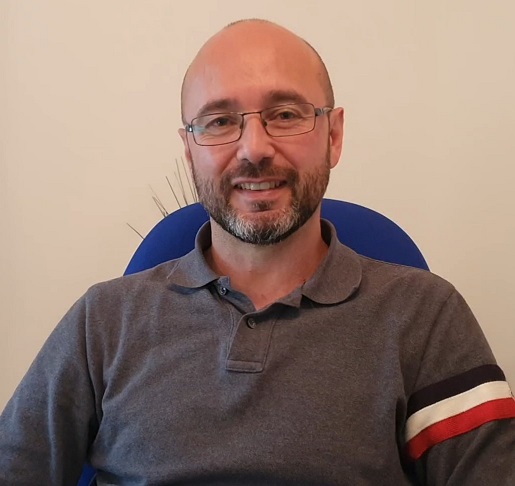About
I graduated in Organic Chemistry in Italy in 2004 and then moved to Cardiff University to obtain a PhD in Organic Material Chemistry in 2008, with a project based on the synthesis and characterisation of novel Polymers of Intrinsic Microporosity (PIMs) under the supervision of Prof Neil B. McKeown.After the PhD, I worked as a Post-Doctoral Research Associate at Cardiff University (2008-2013) and the University of Edinburgh (2014-2017). In October 2017, I have been appointed Lecturer in Chemistry at Swansea University where, in March 2020, I was promoted to Senior Lecturer.In 2017, I have successfully finished the Postgraduate Certificate Academic Practice (PgCAP) at the University of Edinburgh for which I have become a Fellow of the Higher Education Academy (HEA).
I am a member of the Royal Society of Chemistry (MRSC) and a STEM Ambassador.
For extra information please check out:
A brief introduction of my research on a short video
Personal website mariolino-carta.com
Have a look at my Research Lab
If you want check my Invited Conferences and Lectures




